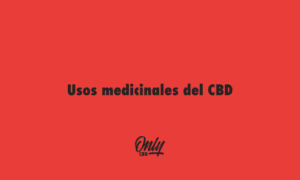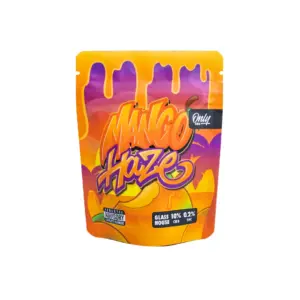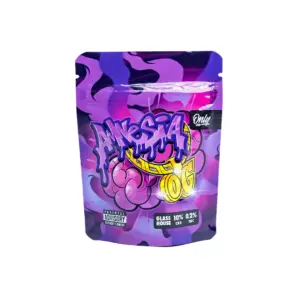Cannabis and LGBT+ cultures share a common historical context and even similar groups involved. Thus, both the LGBT+ rights movement and the movement advocating for the legalization of cannabis use began in the West during the second half of the 20th century. Both currents rose from the margins of society to legitimately position themselves at the center of public discourse. The defense of both rights has been intertwined for various reasons. Among others, the use of medical marijuana is cited as relief from some symptoms in patients with HIV/AIDS. Furthermore, the LGBT+ community led the way in building spaces of social tolerance and acceptance of diverse lifestyles, so LGBT+ and cannabis cultures converged as expressions of the counterculture.
As medicine
In the 1980s, at the beginning of the HIV/AIDS crisis, there were no pharmaceutical treatments available to address the disease or alleviate its symptoms. Therefore, many sufferers turned to medical marijuana to obtain relief they could not get otherwise. However, at the time, cannabis was completely illegal. Because LGBT+ people were disproportionately affected by HIV/AIDS, the LGBT+ community had a new and urgent need for access to cannabis. For this reason, LGBT+ rights activism began to also incorporate activism for legal access to cannabis. This LGBT+ cannabis activism was sometimes channeled through clubs and social media, enabling people with HIV/AIDS to safely connect with those who could provide them with the cannabis they needed.5In 1990, a news report reported that many people with HIV/AIDS were using cannabis as a pain reliever.6
LGBT+ and HIV/AIDS activism have greatly increased public support for cannabis access.7
People like Harvey Milk and Dennis Peron were San Francisco-based LGBT+ political figures who proposed cannabis legislation to benefit the LGBT+ community and others.
New cannabis market
There is evidence to suggest that the business sector investing in cannabis research, production, and sales has a lower percentage of LGBT+ representation than the consumer market for cannabis products.
There are also success stories of LGBT people within the cannabis industry.
Political commentators in the United States have compared the rapid shift in public opinion from the 2000s to the 2010s on both LGBT+ rights and marriage equality, as well as the general population's right to access legal cannabis. While before 2000 both issues were taboo for the majority, in the 21st century there has been a growing trend towards the normalization and social acceptance of LGBT+ people, as well as the recreational and medicinal use of cannabis. Various media outlets have compared these similarities between the defense of LGBT+ rights and the legal use of cannabis.
In the years leading up to the legislative changes, some prominent officials incorrectly assessed public support for the LGBT+ and cannabis communities, mistakenly assuming it was lower than they thought. US federal laws lagged behind more favorable state legislation in these areas.























